_resize.jpg)
The world marked 'Zero Emissions Day' on 21 September - a reminder that achieving net zero cannot be left to distant pledges but must be delivered in the everyday systems that power our economies.
Nowhere is this more urgent than in the built environment. Globally, buildings are responsible for around 39% of carbon emissions. In the GCC, where cooling demand dominates and new construction is reshaping skylines, the footprint is likely to be even higher.
Both the UAE and the Kingdom of Saudi Arabia have recognised this reality. The UAE’s first Climate Change Law, introduced in 2024, requires businesses to measure, report, and verify their emissions on an ongoing basis, with full compliance due by 2026.
In parallel, Saudi Arabia’s Vision 2030 places sustainability at the core of its giga-projects, from NEOM to Diriyah. The message is clear: environmental performance will be judged continuously, not claimed once.
This means that buildings can no longer be considered sustainable at the moment of ribbon cutting. Design ambition is important - but compliance and credibility depend on how assets perform over decades.
Operational realities must be designed in from day one. Cooling loads, energy systems, maintenance regimes, and even tenant behaviour will determine whether buildings meet their zero-emissions promise.
Embedding operations into design
International standards are already shifting in this direction. The world’s latest Green Building Standard LEED v5, launched last year, puts greater emphasis on performance throughout the building lifecycle, reflecting the global recognition that design alone is not enough.
For the Middle East, this creates both a challenge and an opportunity. With so many new projects underway, we have a once-in-a-generation chance to embed operational efficiency into the blueprint ensuring that future assets are not only striking in form, but resilient and efficient in function.
Too often, operational needs are treated as a post-handover consideration - yet by then, many of the most important decisions have already been locked in. Integrating facility managers, data specialists, and sustainability experts into the design process ensures that performance is not left to chance.
The question then becomes: what does “designing for operations” look like in practice? Here are five elements that must be built in from the outset if buildings are to deliver on their zero-emissions promise.
- Energy Performance & Electrification
Design should prioritise phasing out fossil fuels by electrifying all major building systems- HVAC, domestic hot water, cooking, and mobility, whilst leveraging high-efficiency technologies. Continuous monitoring through advanced metering and smart BMS ensures performance stays within targeted energy benchmarks and enables corrective action when needed. Retrofitting later is costly and disruptive; while embedding it early makes continuous compliance achievable. - Renewable Energy Integration & Storage
Buildings must maximise on-site renewable generation such as solar PV and integrate storage solutions to balance load and resilience. Remaining energy needs can be met through certified renewable power procurement, ensuring that operations remain carbon neutral while enhancing resilience to grid fluctuations. - Circular Operations & Resource Efficiency
To reduce lifecycle emissions, operations should integrate circular economy principles by minimising waste, implementing recycling and reuse systems, and adopting sustainable procurement policies for consumables. This ensures that resource efficiency and carbon reduction remain central to day-to-day building management. - Digital twins and data integration
Including the capacity for digital twin modelling, a virtual replica that mirrors systems in real time, from design stage allows assets to begin to be optimised from before they are even operational. Hospitals, airports, and metros in the region are already proving the case, cutting downtime, reduce maintenance costs, and deliver measurable emissions savings. - Tenant engagement frameworks
Zero-emissions performance depends on user behaviour. Spaces should be designed to support sustainable habits, from mobility options to transparent dashboards that show occupants their own energy impact.
Why this matters for our region
Our region is often celebrated for its bold, forward-thinking design, but it also faces constant global scrutiny around socio-economic performance, a spotlight that is now extending to environmental credibility.
Ultimately, our reputation will not rest on masterplans or renderings, but on the lived reality of sustainable communities and future ways of life, such as the giga-cities rising in Saudi Arabia.
Embedding operational foresight into design is the only way to meet these expectations. Zero Emissions Day reminds us that achieving net zero requires more than ambition. It requires foresight, integration, and above all, operational delivery. Designing for operations is no longer optional, it is the foundation of compliance, competitiveness, and credibility.
The author, Engi Jaber, is+impact’s Associate Partner - Sustainability and Head of Climatize.
Zero Emissions Day emissions energy management


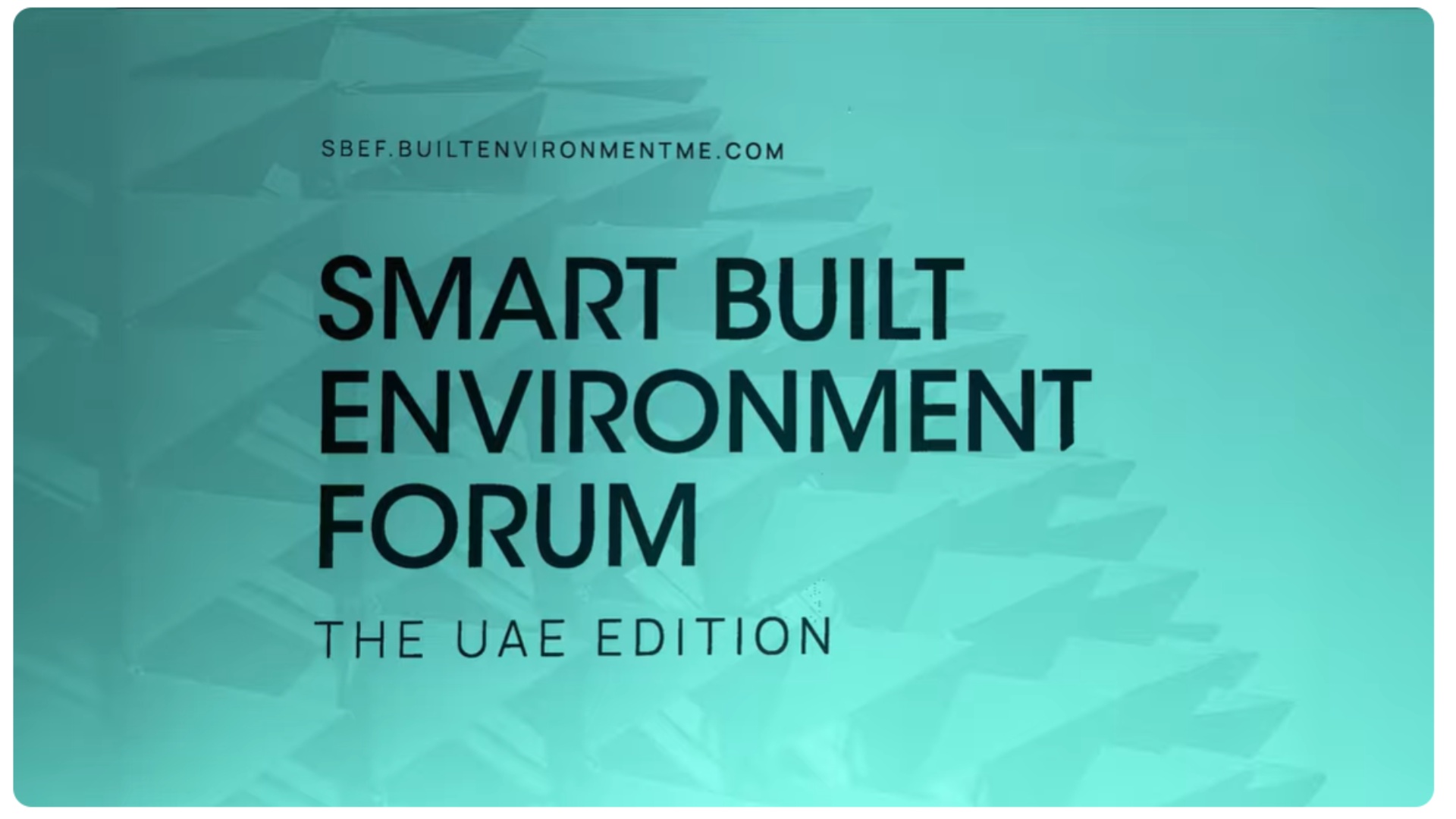







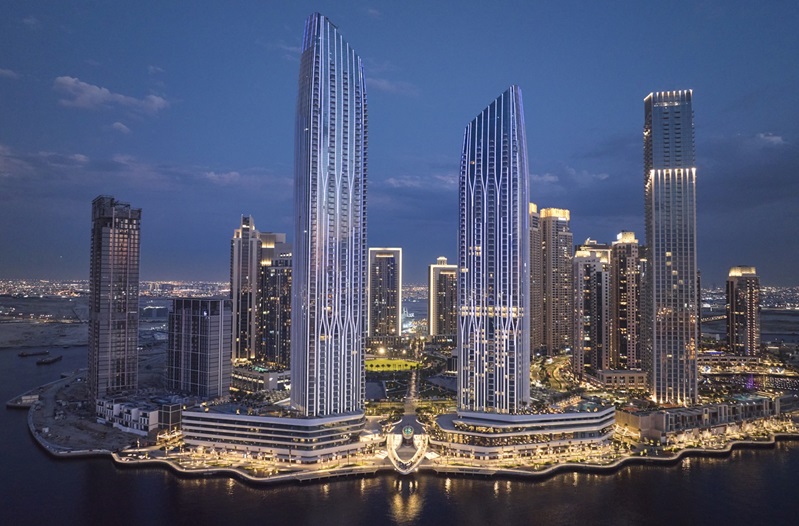
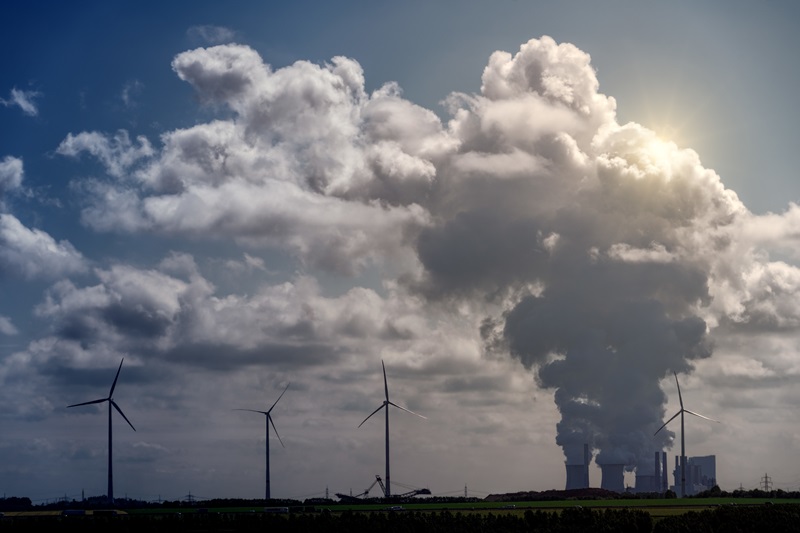

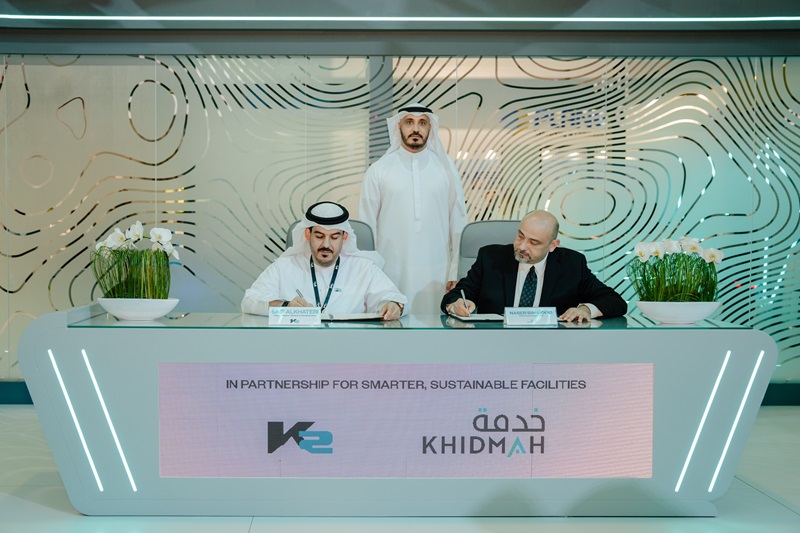
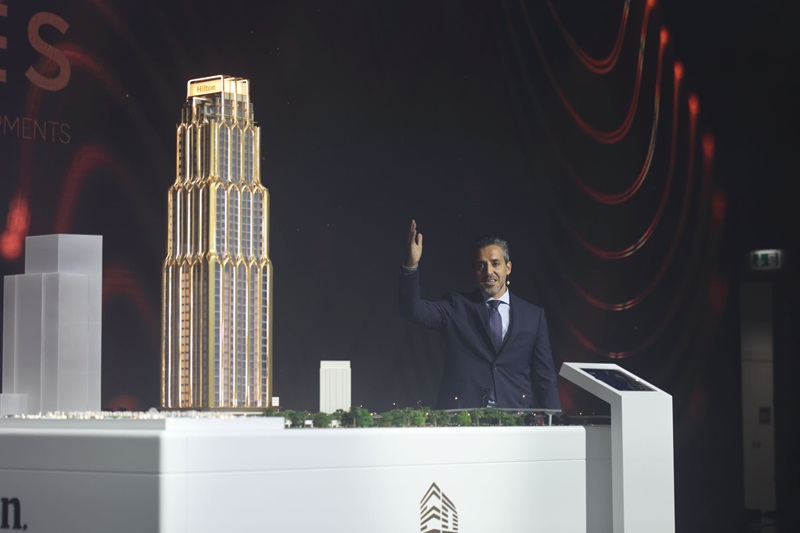

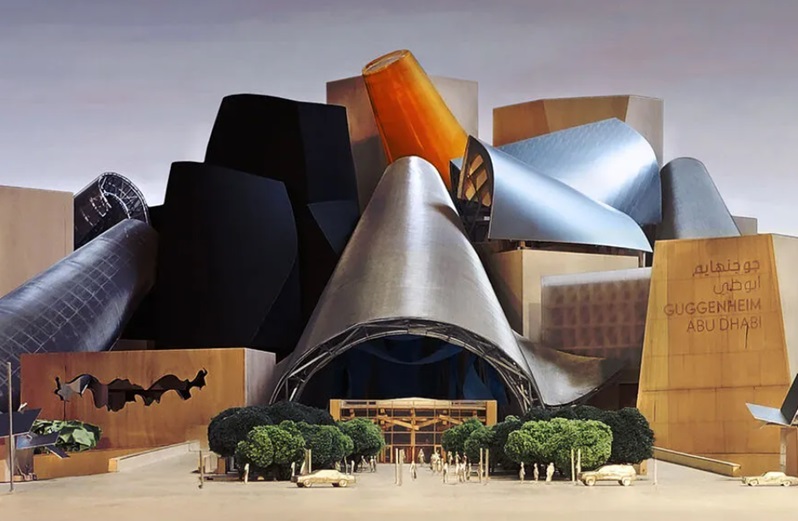
.jpg)